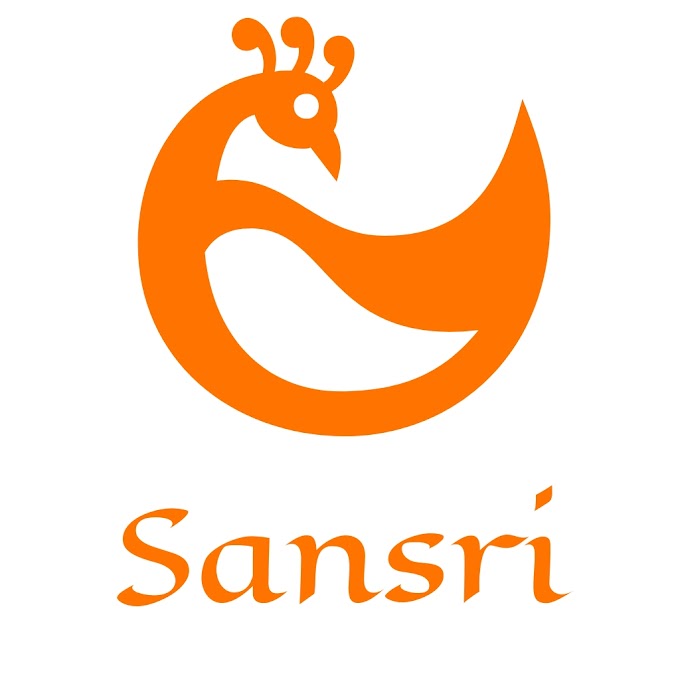Dear Friends,
Let us know about wet granulation technology in today's article Part III those who join afresh please go through my earlier publication in this blog under the same head as part -I and Part II .
Steps in wet granulation method of tablet production
Wet granulation method of tablet production involves the following processing steps:
Step 1: Weighing and mixing of formulation ingredients (excluding the lubricant).
This step involves the weighing, sifting and introduction of specified quantities of drug substance(s), bulking agent, filler or diluent, and disintegrant into a powder mixer. These ingredients are mixed using either a planetary bowl mixer, ribbon/ trough mixers, rotating drum mixer or high-speed mixer until a uniform powder mix is achieved. The mixing efficiency can be enhanced by the use of powders that have similar average particle size, although this is often not the case in many mixing operations.
There are many diluents available in commerce but those used in wet granulation method include lactose, microcrystalline cellulose, starch, powdered sucrose, mannitol, fructose, sorbitol, calcium phosphate and calcium sulphate. Among these diluents, the most widely used are lactose, because of its low cost, solubility and compatibility with most drug substances and excipients and microcrystalline cellulose, because of its easy compaction, compatibility with most formulation ingredients and consistent uniformity of supply. Diluents are usually selected based on the manufacturer’s experience with the material, its relative cost, and its compatibility with the drug and other excipients.
Disintegrants used in wet granulation include croscarmellose, sodium starch glycolate, sodium carboxymethylcellulose, polyvinylpyrrolidone (PVP), crospovidone, cation exchange resins, corn and potato starches, alginic acid and other materials that counteract the effect of binders and the physical forces of compression used in forming the tablets. Croscarmellose (2%) and sodium starch glycolate (5%) are often used because of their high water uptake and rapid action.
Step 2: Preparing the damp mass
Here, the binder solution is mixed with the powder mixture to form an adhesive mass which can be granulated. The amount of binding agent used as well as the quantity of fluid required to form a damp and coherent mass is part of the operator’s skill; however, the resulting binder-powder mixture should compact when squeezed in the hand. The use of insufficient binder tends to poor adhesion, capping and soft tablets. Excessive binder solution yields hard tablets with slow disintegrating properties.
Among granulating agents are solutions of povidone, an aqueous preparation of cornstarch, molasses, methylcellulose, carboxymethylcellulose, glucose solution and microcrystalline cellulose.
Dry binder or nonaqueous solution may be used for drug substances that are adversely affected by aqueous solution. Colourants or flavouring agents may be added to the binding agent to prepare a granulation with an added feature.
Step 3: Wet screening/ Screening the dampened powder into pellets or granules
The wet massed powder blend is screened using 6- to 12- mesh screen to prepare wet granules. This may be done by hand or with suitable equipment that prepares the granules by extrusion through perforations in the apparatus. The granules formed are spread evenly on trays and dried in an oven.
Step 4: Drying of moist granules
The screened moist granules are dried in an oven at a controlled temperature not exceeding 550C to a consistent weight or constant moisture content. The drying temperature and the duration of drying process depend on the nature of the active ingredient and the level of moisture required for the successful production of satisfactory tablets. Shelf or tray drier and fluidized-bed drier can be used for this purpose.
Step 5: Sizing the granulation by dry screening
The dried granules are passed through a screen of smaller size than that used to prepare the moist granules. The size of the final granules is dependent on the size of the punches (and hence the final tablet size). Screens of 14- to 20- mesh size are generally used for this purpose.
Step 6: Lubrication of granules
After dry screening, the dried and screened granules are separated into coarse and fine granules by shaking them on a 250 mesh sieve. Appropriate quantity of lubricant is passed through a 200 – mesh sieve. This is mixed with the fine granules before the coarse granules are incorporated. The quantity of lubricant used varies from one formulation scientist to another but usually ranges from about 0.1% to 5% of the weight of the granulation.
Examples of lubricants commonly used in wet granulation include magnesium stearate (most preferred), calcium stearate, stearic acid, wax, hydrogenated vegetable oil, talc, and starch.
It is worth noting that disintegrant may be added in step 1 (intra granular) or in step 6 (extra granular) and sometimes in both steps (intra granular – extra granular). Intra granular – extra granular incorporation appears to be the best method of incorporation because the extra granularly added portion causes immediate disruption of the tablet into the previously compressed granules while the portion added intragranuarly cause further erosion of the granules to the original powder.
Contd.... Part iv
Cheers
Srikanth Santhanaraman.
Please share your valuable feed backs in the comment section with your name.








0 Comments